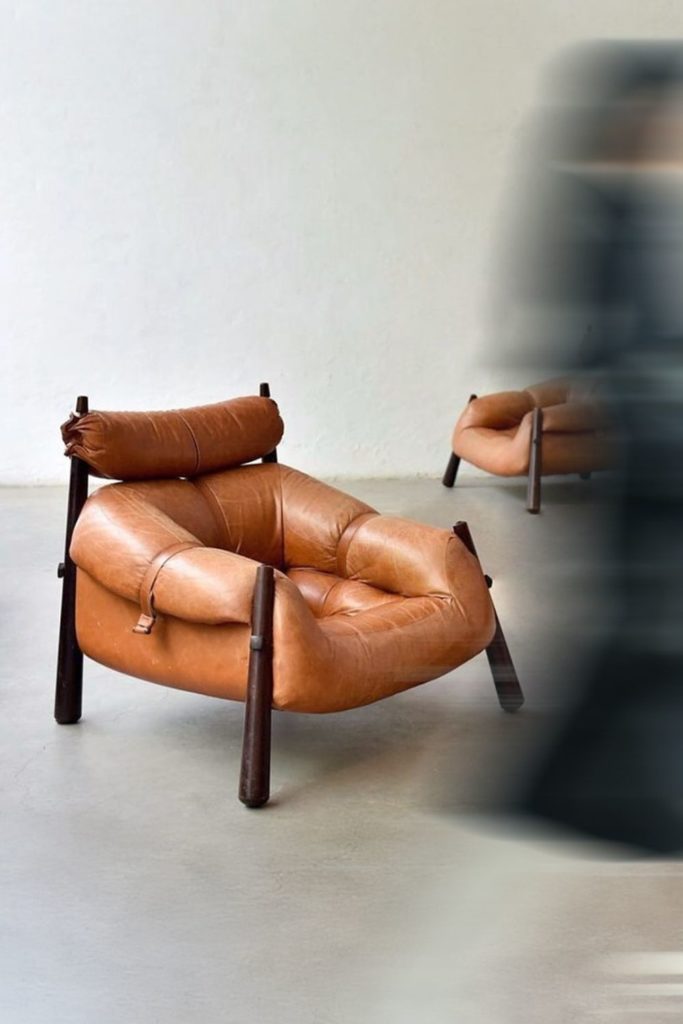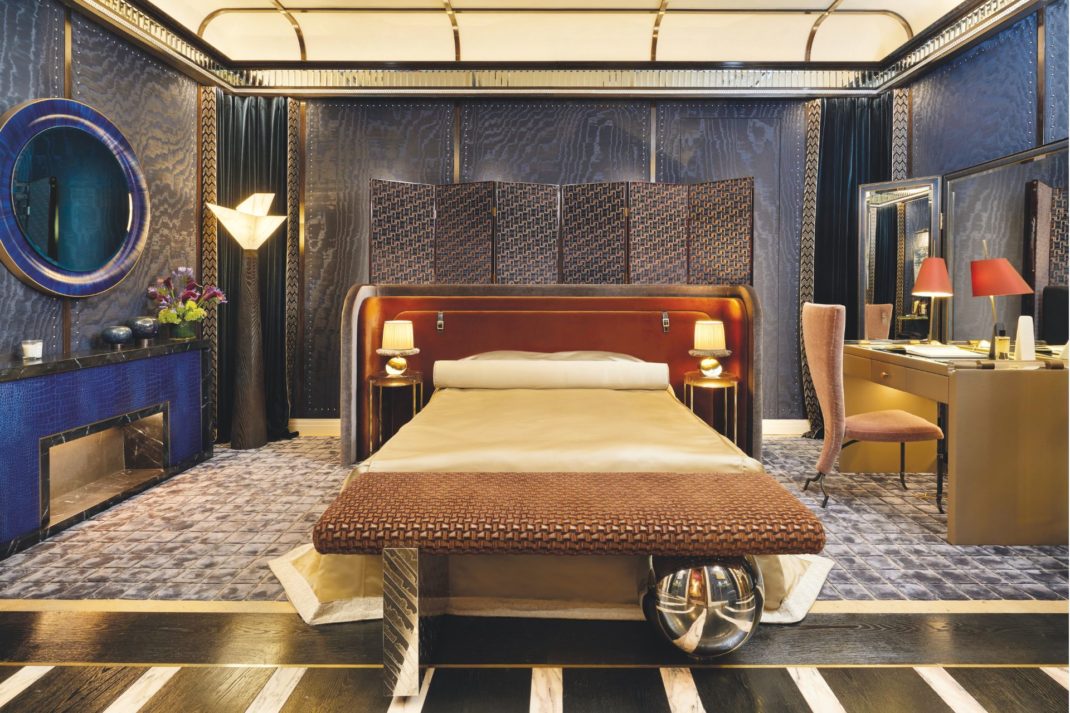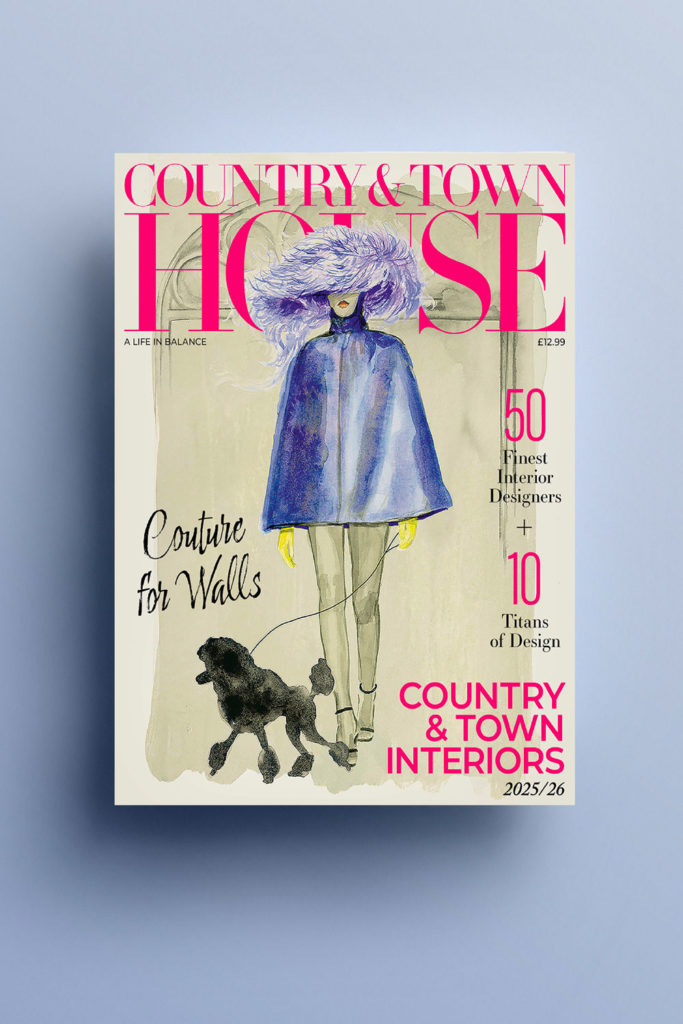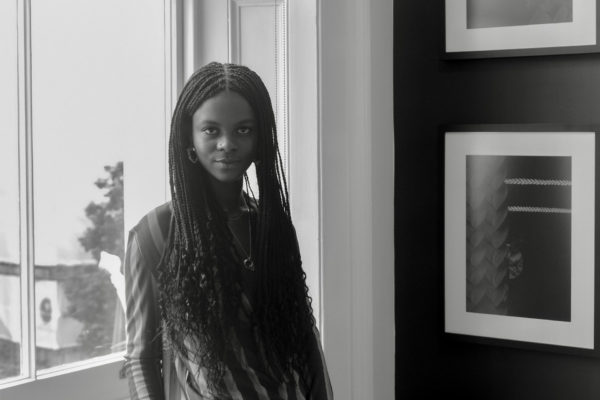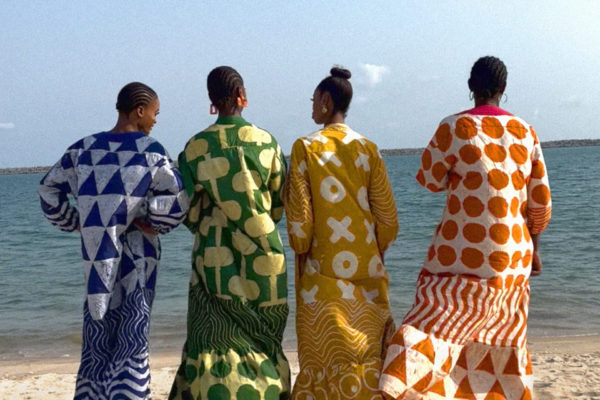Why Nigerian Design Should Be On Your Radar
By
2 years ago
The artists and designers who are a global hit

Nigerian creativity is on a high, and its art, craft and textiles are sought after globally like never before. Nelson CJ takes note of the Nigerian design that you need an eye on, both here and there.
Incredible Nigerian Designers Are Impacting World Over
Temple Muse has recently celebrated its 15th birthday. It’s a lifestyle concept building located in a tall, brick-and-glass establishment in an upscale Lagos neighbourhood. Inside the striking white interior, trinkets and paintings sit carefully styled next to high-end homeware and fashion. It is no surprise it’s one of the biggest concept stores in Lagos: loyal regulars and visitors are drawn to the combination of modern and local design encapsulating how Nigeria approaches interior design today.
‘The African design aesthetic is characterised by a fusion of traditional cultural elements and contemporary design techniques,’ explain Temple Muse founders Avinash and Kabir Wadhwani. They founded Temple Muse to nurture and showcase local talent, highlighting the myriad ways African design can be expressed. ‘It also helps to promote cross-disciplinary collaboration within the African design community,’ they say of their space. The works on display often share a unifying theme – ‘the design aesthetic often places a strong emphasis on storytelling,’ they continue.

A model poses in O’DA gallery
Obida Obioha, of interior design studio Obida Design Associates and gallery O’DA, agrees: ‘At its essence, African culture is very much about storytelling,’ he says. He also believes a focus on natural elements is what defines the sensibility of African interior design. ‘Materiality is very important to us as we rely more on the natural beauty of a product, and present it closer to its raw state rather than featuring machine-directed products,’ he says. ‘I also think community is something that is very important in our culture – we design to foster coming together.’
In his design practice, founded in Lagos in 2011, Obida leans towards elements that highlight the history of design in Nigeria, while keeping it within a modern context such as wood carving and repeat patterns. ‘I especially love incorporating elements of weaving,’ he says. ‘Our firm’s ethos is rooted in the Yoruba notion of “la’lafia”, meaning wellness and all things good. Life is a journey.’ Obida designs to reflect a client’s personality, and takes an individualistic approach. ‘Beauty isn’t in perfection, but in showing the natural polish and bruises of your journey,’ he explains.

One of Obida Obioha’s recent home projects
Health, wellbeing and living a good life is also an integral element for design consultant Omon Anenih, who set up Blue Mahogany interior design as well as the Design Education and Wellness Centre in Lagos (The Dew), ‘I want to design spaces that make people feel good,’ she explains. ‘It’s important to me that spaces are a reflection of the lives and lifestyles of the people who inhabit them.’ Omon has noticed how Nigerian and wider African culture is currently influencing interiors: ‘There is no doubt that artworks, traditional patterns, tribal art, and even eco-friendly design practises famous on the continent, are being widely replicated,’ she says. ‘Our art is definitely trending across the globe. I was amazed to see where a piece by Nengi Omuku ended up recently – it was a very un-African looking space, yet this stunning piece by a Nigerian artist on the most African of canvases (she paints on Sanyan, a traditional Nigerian fabric) complimented the space so beautifully – it looked like it was made to be there.’

A room designed by Omon Anenih
Founder of Adeko & Co, London-based interior designer Tolu Adè.kÓ. is similarly passionate about African art, using it to decorate his own home, and in many of his Greenwich-based design practice’s commercial and residential projects. ‘In a recent visit to Nigeria, visiting galleries such as O’DA and Nike Art Gallery in Lagos as well as Art du Bénin in the Republic of Benin, I found a mixture of traditional and abstract art, historically argued to have been a significant inspiration for Picasso,’ he says. Tolu’s heritage as a British-Nigerian plays an integral part in his craft. ‘Being born in Nigeria to a family of fourth generation textile makers, merchandisers, and designers, it’s important to me to layer the interiors with a touch of my Nigerian heritage in an organic way, never forcefully.’ Tolu and his team seek out and collaborate with artisans, painters and makers from West Africa, especially Nigeria, who share in that sentiment. His perception of the language of ‘African design’ is that it is hard to categorise. ‘It’s almost impossible to be subjected to one definition due to the bold and diverse creations across different countries but I love the way the African aesthetic seeps through.’
Anyone looking for Nigerian and other African pieces for their own home or project in the UK should take a look at The Cornrow (thecornrow.com). Kemi Lawson, along with sister Lara, founded it in 2020 as a love letter to their dual African and Caribbean heritage; it’s a site that spotlights and celebrates modern Black aesthetics. They have a passion for sourcing and creating homeware, books and lifestyle products that celebrate and centre the Black experience. Kemi’s favourite African design element is art. ‘Art is an integral part of African design, not just in terms of paintings but in terms of sculptural art,’ she says. ‘There is a wonderful wealth of African and African diaspora artists creating innovative art and it is wonderful to be able to support them, while also bringing their energy into interior design schemes’. In her work as an interior designer, Kemi feeds from her Nigerian heritage, suffusing any design element with meaning. ‘It’s never just a colour or a shape. The tiles are geometric, echoing the geometry integral in so many traditional African and Nigerian design schemes. The textiles are Adire (an indigo-dyed cloth incorporating wax-dye patterns) handcrafted by artisans in northern Nigeria, thus supporting endangered art forms. The artworks have hidden proverb meanings, she explains. ‘I also love the challenge of reinterpreting ancient African design into modern settings and usage. An Adire bean bag for instance. There is so much more potential here, and we see it most in the innovative African furniture innovators such as Cheick Diallo and Jomo Furniture.’
Kemi believes the best way to maintain a design sensibility that is ‘African’ is by staying rooted in one’s history. ‘In my home, I have an ancestor wall with pictures and paintings of my family’s forebears. Consider which photos you could dust off and take out of photo albums and place them on the walls. The use of texture is another one. Fabrics can be taken from sofas and beds and [hung] onto walls,’ she recommends. ‘Get inspired and hang your favourite African fabrics. There are so many ways but I think the most important thing is to know the provenance of what you are doing and as much as possible support African artisans and creatives.’
Featured image: Temple Muse concept store.

